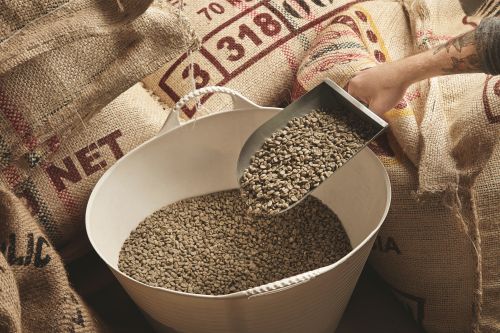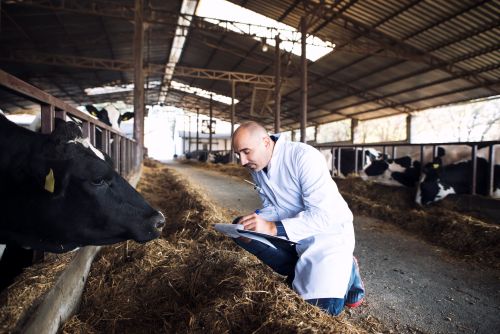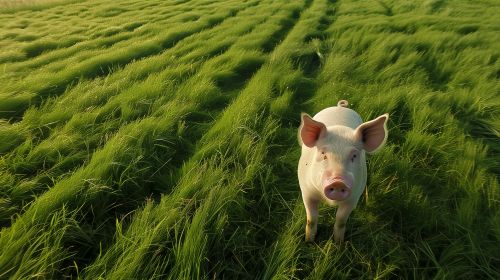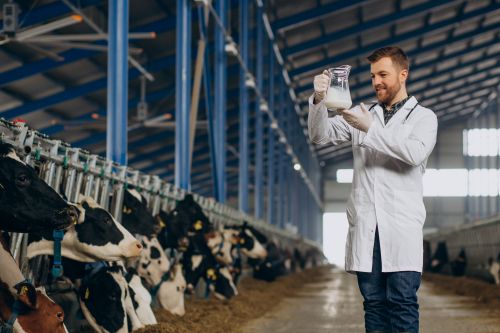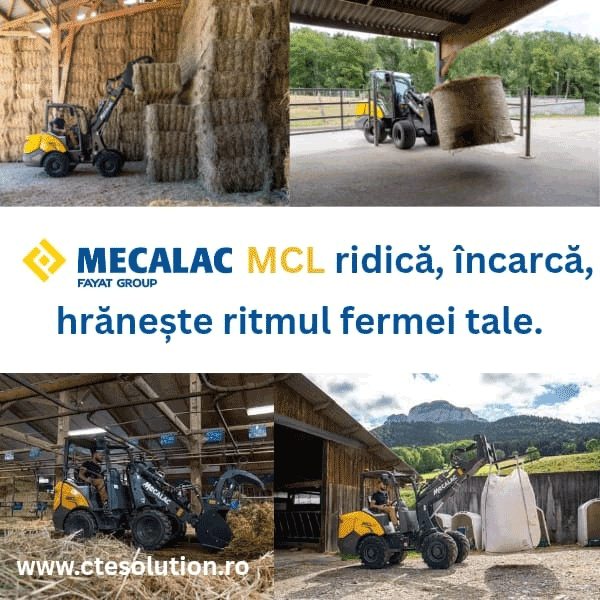620
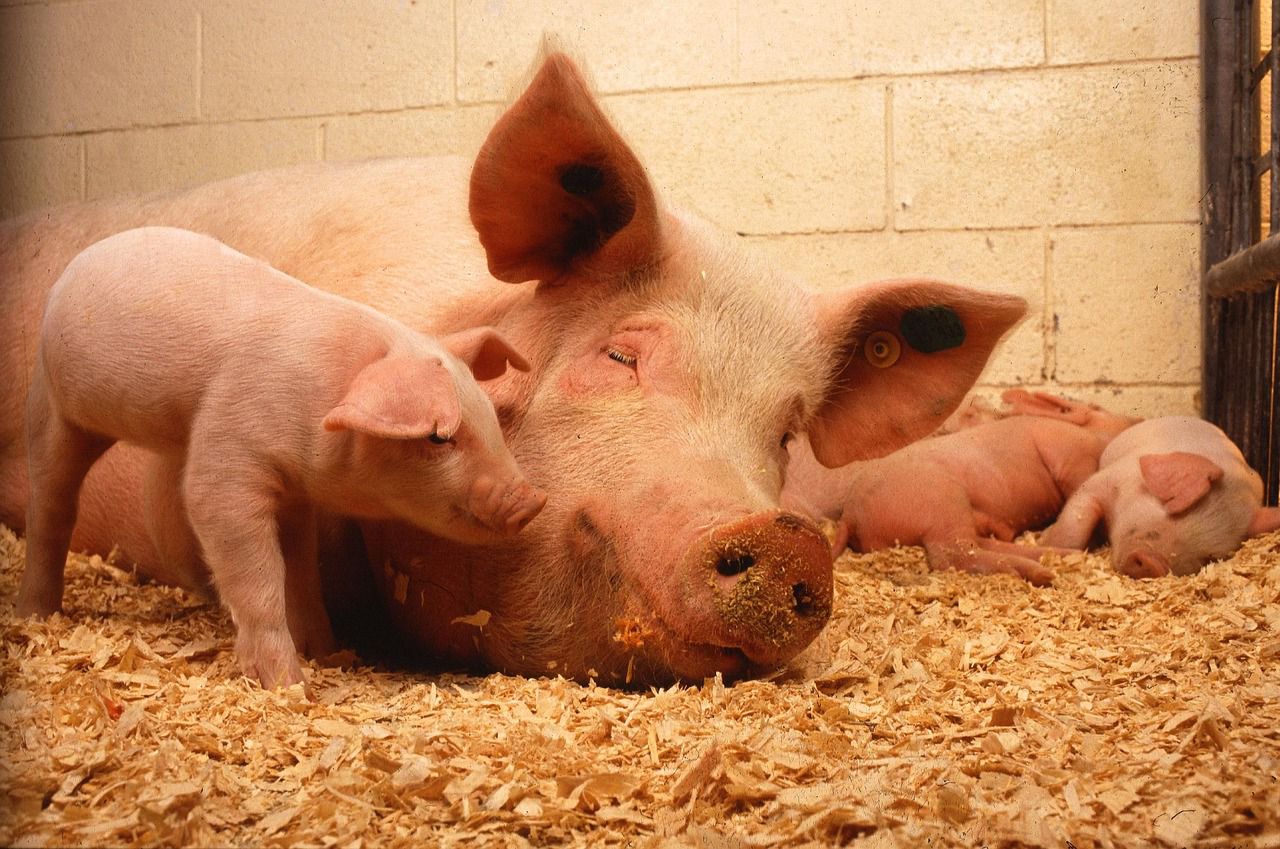
Genealogical Registers – A Strategic Tool for Genetic Improvement in Romanian Livestock
The primary purpose of a genealogical register is to document purebred breeding animals, with the objective of conserving and improving the genetic traits of livestock breeds. These registers contain detailed data on lineage, production, reproduction, and performance, and are structured into two sections: the main section (for animals that meet breed standards) and the supplementary section (for animals pending recognition or with partially certified ancestry).
In Romania, the management of genealogical registers is coordinated by the National Agency for Zootechnics (ANZ) in collaboration with more than 70 breeder organizations, authorized to oversee 47 cattle breeds, 38 sheep breeds, 15 goat breeds, and 9 pig breeds, according to official 2024 data. The 2023 ANZ report recorded the following entries in genealogical registers:
- 248,167 head of purebred cattle
- 1,160,472 sheep, including five improved native breeds
- 163,214 goats
- 27,801 pigs, mainly specialized for industrial reproduction
Register management involves individual animal identification using ear tags, verification of ancestry, data entry into the ANZ information platform, and integration with the Official Performance Control (COP) systems. For cattle, COP data include milk production (kg/lactation), fat content (%), and protein content (%). For beef breeds, performance indicators include average daily gain and feed conversion ratio.
Registering animals in genealogical records is a prerequisite for accessing state aid for genetic improvement, as regulated by Government Decision No. 1179/2014, with an annual budget of approximately 57 million lei. Moreover, registered animals can be sold as breeding stock with official certificates of origin, increasing their economic value and enabling exports within the EU.
ANZ began the full digitalization of genealogical registers in 2022. As of now, over 82% of farms enrolled in improvement programs operate online using the unified ANZ-REPRO platform. By 2026, the percentage is expected to reach 95%, allowing for automated integration with national platforms such as APIA, SNIIA, and COP.
To ensure data quality, ANZ carries out over 3,000 annual inspections at affiliated farms, verifying environmental and animal welfare conditions, as well as the consistency of data entered in the registers. In cases of non-compliance, penalties are applied, including revocation of management rights for associations or exclusion of animals from the register.
In conclusion, genealogical registers form a critical infrastructure for genetic selection, traceability, reproductive tracking, and the modernization of Romanian animal husbandry. Upholding genetic standards, expanding digitalization, and strengthening oversight are strategic priorities for enhancing farm competitiveness and aligning with European policies on biodiversity and agricultural efficiency.
(Photo: Pixabay)
